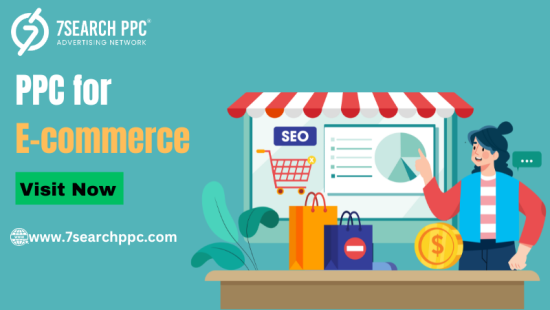smithenglish
New member
PPC for e-commerce refers to a digital advertising strategy where businesses use pay-per-click (PPC) ads to drive targeted traffic to their e-commerce stores. The goal is to generate sales, increase brand awareness, and grow customer acquisition while paying only for the actual clicks of the ads received. This solution is ideal for e-commerce businesses that want to reach potential customers quickly and efficiently.
Here's how a PPC for e-commerce solution typically works:

Key Components of PPC for E-Commerce:
Google Ads (Search & Shopping Ads) :
Here's how a PPC for e-commerce solution typically works:

Key Components of PPC for E-Commerce:
Google Ads (Search & Shopping Ads) :
- Search Ads: When a user searches for a product or service related to what you sell, your ad appears at the top of search results. These ads are keyword-targeted and show up when a potential customer is actively looking for a product.
- Google Shopping Ads: These display product images, prices, and other details directly in search results. This is an effective way to showcase products and drive immediate sales.
- E-commerce businesses can use social media platforms for highly targeted advertising. Platforms like Facebook and Instagram allow you to target users based on their interests, demographics, behaviors, and even previous interactions with your brand.
- These platforms support carousel ads, video ads, and story ads, which are great for showcasing products in a visually engaging way.
- Retargeting : This involves targeting customers who have previously visited your website but did not make a purchase. Retargeting ads encourage them to return and complete their purchase.
- Remarketing: Similar to retargeting but typically focuses on re-engaging users who interacted with your brand in the past (eg, abandoned cart or viewed a product page) through display ads or email marketing.
- A critical part of PPC for e-commerce is choosing the right keywords that potential buyers are searching for. These keywords could be related to your products, brands, or specific search intent. Proper keyword targeting can ensure your ads show to the right audience.
- Ads need to link to optimized landing pages that match the user's intent. A high-converting landing page includes clear product information, trust signals (like reviews or secure payment options), and compelling calls to action (CTAs) to encourage immediate purchases.









 231 Nguyễn Văn Cừ - Phường 4 - Quận 5 - TP. HCM
231 Nguyễn Văn Cừ - Phường 4 - Quận 5 - TP. HCM



